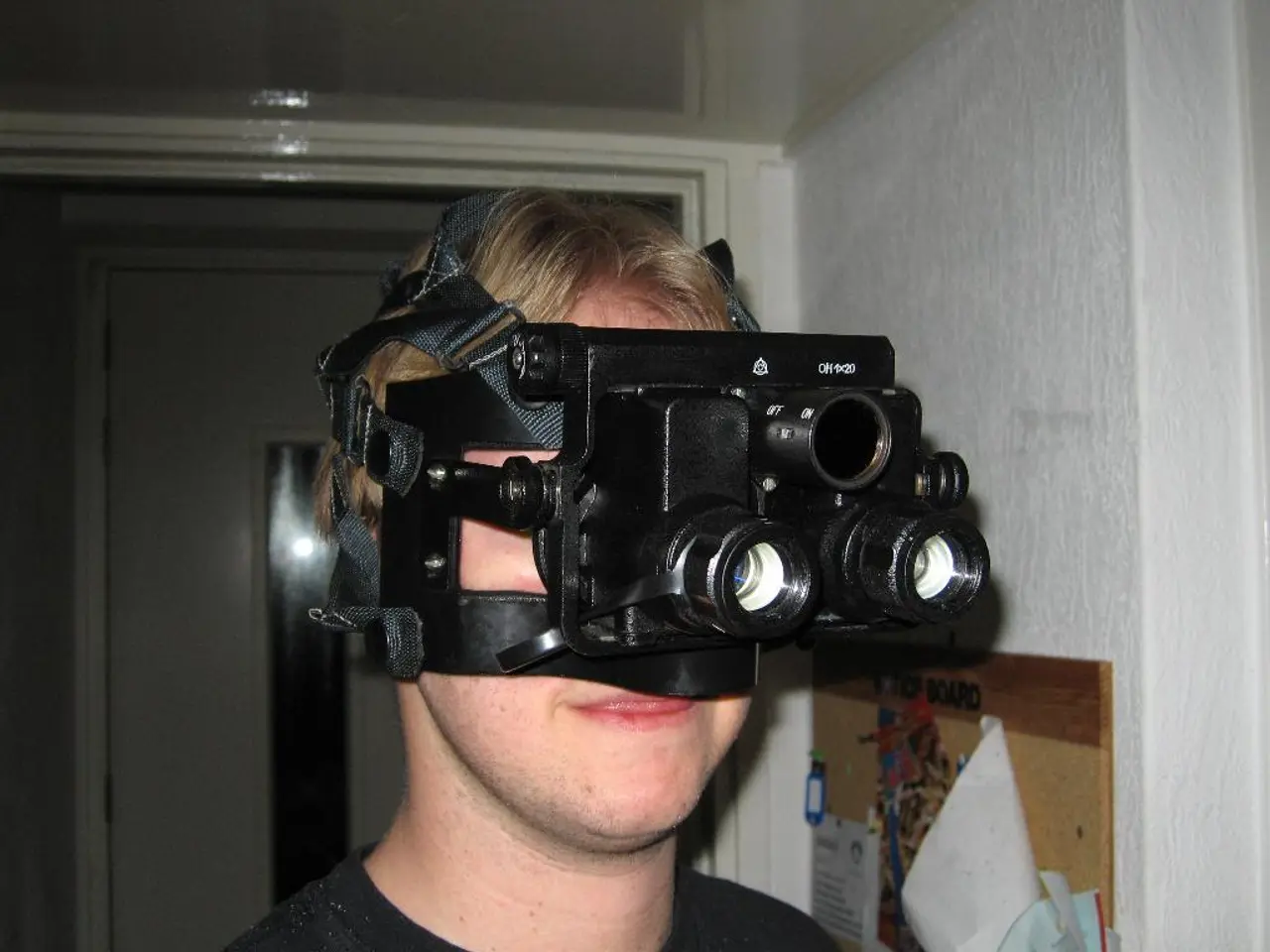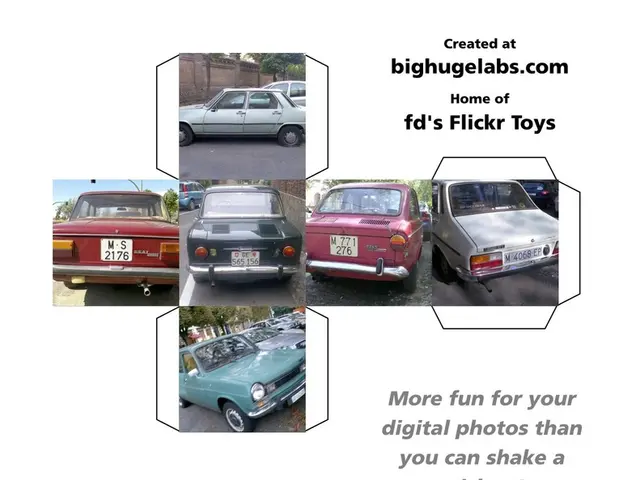Digital realms designed for adult users aged 35 and beyond
The AgeVR project, based at the University of Lübeck, is at the forefront of investigating how the design of virtual reality (VR) applications impacts different age groups. This research is crucial as it aims to develop age-appropriate VR solutions for various age groups, bridging a gap left by previous research that primarily focused on teenagers and young adults.
Recent technological advancements have made VR accessible to a broad public, opening up new possibilities for entertainment, social participation, and therapy for people of all ages. The AgeVR project, recognising this potential, is conducting its research in a specially equipped VR lab.
Some examples of the virtual scenarios created by scientists in the AgeVR project include a forest walk, a warehouse exploration, and a virtual city tour. These scenarios are adjustable, allowing for optimal settings to be found for different age groups. The project considers factors such as the detail of the environment and the authenticity of the lighting to ensure an immersive and enjoyable experience for all participants.
Adults aged 35 to 99+ are invited to participate in the AgeVR study, which is still ongoing and accepting new participants. Interested individuals can book an appointment through cloud.imis.uni-luebeck.de.
The AgeVR project takes place at the University of Lübeck, which is located in Lübeck, Germany, and can be found on Google Maps. For further information on directions and conditions, please visit the AgeVR project's official website.
Since the search results do not contain direct or detailed information about the AgeVR research project at the University of Lübeck, it is recommended to consult the University of Lübeck's official publications or the AgeVR project page directly for precise methodologies on tailoring VR by age group.
The AgeVR project adapts virtual reality by considering the sensory, cognitive, and physical differences across age groups. This includes adjusting VR content complexity to match cognitive abilities, modifying interaction methods to accommodate age-related motor skills, customising environments to appeal to different age-related interests or therapeutic needs, and implementing safety features addressing concerns like motion sickness, which can vary by age.
If you are interested in learning more about related research on age-specific VR adaptations from other institutions, I would be happy to assist you in refining search strategies.
Read also:
- High-Performance McLaren Automobile: McLaren Speedtail
- Electric Vehicle Manufacturer MG Windsor Records 4,308 Monthly Sales, Increasing EV Market Share to 32%
- Tesla Achieves Manufacturing Milestone of 500,000 Model Ys at Giga Berlin Factory
- Unveiled: Virtual Fitting Room Technology Introduced by Fytted








